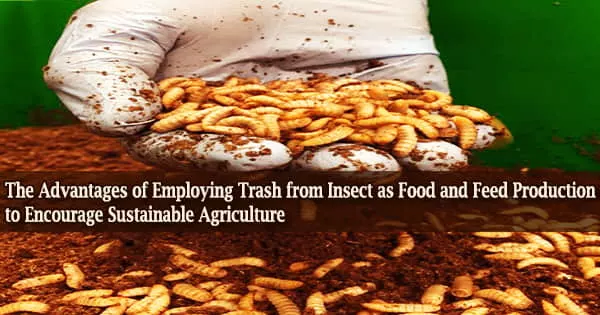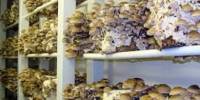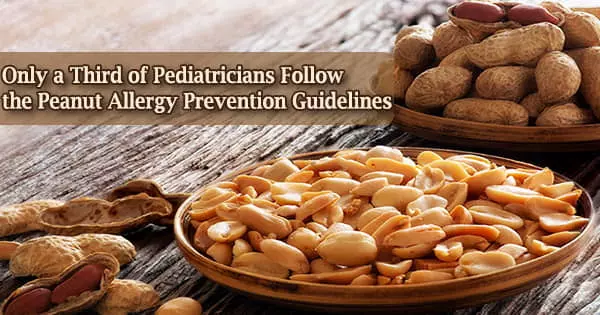Marcel Dicke previously knew that insects are a good source of protein for people, but he wasn’t expecting to learn that they also benefit plants. Dicke, a researcher at Wageningen University in the Netherlands, and colleagues examine the benefits of employing waste from insect-as-food-and-feed production to support sustainable crops in an Opinion paper published on March 2, 2022, in the journal Trends in Plant Science.
This strategy, according to scientists, could improve plant growth, health, pollination, and resilience.
The practice of consuming insects is known as entomophagy. It is occasionally defined to encompass the consumption of arthropods other than insects, such as arachnids and myriapods; arachnophagy refers to the consumption of arachnids.
Exuviae, the exoskeletons left behind after molting, and frass, called after the German word for feeding, are the two main types of insect waste. Frass is “basically insect poop and unconsumed food,” says Dicke.
Exuviae and frass, when given to soil, stimulate plant growth and health. Insect feces are high in nitrogen, a chemical that is essential for plant growth but is limited in most soils. As a result, synthetic fertilizer is frequently applied to crops. Chitin, a polymer that is difficult for most organisms to digest, is abundant in insect exoskeletons.
“There is, however, a set of bacteria that can metabolize chitin, and those microbes help plants to be more resilient to diseases and pests,” says Dicke. “When exuviae are added to soil, the populations of those beneficial bacteria increase.”
Eating bugs, as disgusting as it may appear, is beneficial to our bodies and the environment in numerous ways. An insect’s protein content ranges from 20 to 76 percent of dry matter, depending on the insect’s type and stage of development.
There is, however, a set of bacteria that can metabolize chitin, and those microbes help plants to be more resilient to diseases and pests. When exuviae are added to soil, the populations of those beneficial bacteria increase.
Marcel Dicke
One 3.5 ounce piece of grasshopper, for example, typically includes 14 to 28 grams of protein. From only one tiny amount of food, you can get 25-60% of your recommended daily requirement.
Dicke and his colleagues regard the application of insect-rearing leftovers to crops as an innovative step toward a waste-free circular food chain. The insects are fed waste streams from crop farming or food production and eventually offer sustenance for humans.
This circle could be closed by repurposing insect waste to boost crop development. Now all he has to do is persuade people to join him. Entomophagy is prevalent among nonhuman primates and common in many human groups, according to science. Human anthropo-entomophagy is a scientific word that describes the practice of humans eating insects.
Insects, or “mini-livestock,” as Dicke refers to them, are already efficient to farm, especially when compared to more traditional livestock. One kilogram of beef requires approximately 25 kilos of grass.
The same amount of grass can produce ten times the amount of insect protein that is edible. This is owing to insects’ higher conversion rate and the fact that up to 90% of an insect’s body mass is edible, compared to only 40% of a cow’s.
“I have eaten crickets, mealworms, and locusts,” says Dicke. “Many people in our part of the world need to get used to eating insects, but I can tell you that I’ve eaten many other insect species around the globe, and I’ve always had a wonderful meal on them.”
Exuviae’s potential as a pest control will be investigated further by the researchers. When a plant is attacked by an insect, the volatiles produced by its leaves attracts the pest’s predators.
“I call it the plant’s cry for help,” says Dicke. “They are recruiting bodyguards.”
Dicke believes that a similar process is taking place in the roots of the plants and that the bacteria that are digesting the chitin in the insect feces are also protecting the plants by breaking down pathogenic fungus and making them pest-resistant.
“Studies have already shown that microbes associated with the roots help plants by protecting against diseases,” says Dicke. “Now we’re investigating whether plant roots recruit microbes that help them in defending against pests.”
















